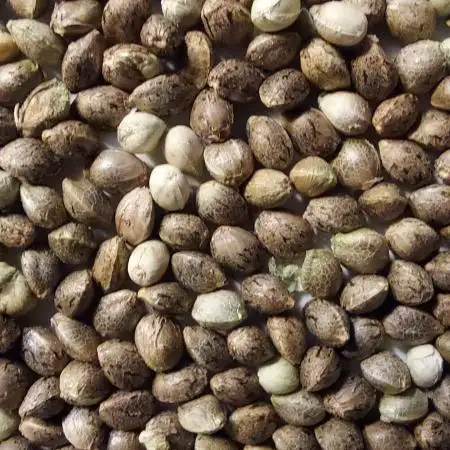The Grow Awards 2026 🏆
Percentage of light MarsHydroTs1000
RealGrowDiarystarted grow question 8mo ago
Hi, I have the Mars Hydro TS1000 lamp and my ladies are 11 days old. At what percentage should I run the light? 50%?"
Solved
likes
AestheticGenetixanswered grow question 8mo ago
I personally run my ts1000 at 100% partially because mine is an older model before the dimming was added but its also a fairly small light.
download the photone app its free and you can mess around with ppfd and DLI to better maximise what you do with your light
Growtendo64answered grow question 8mo ago
likes
Complain
00110001001001111Oanswered grow question 8mo ago
i did the math in jkron's question, if you want to follow it... depends on mars being honest on their spec sheet, which is a scary proposition.
likes
Complain
00110001001001111Oanswered grow question 8mo ago
The plant tells you what to do. Too lanky? needs more. Too tight? needs less. The developing distance between 2 growth nodes is your guide.
With seedlings you can save watts, amp way down on light and get it nice and close to cover a smaller footprint. This will take trial and error to figure it out. Take some notes if you choose to do so.
Assuming you are 18/6 for vege and 12/12 for flower, it's quite simple. Mars has a suggested vege and flower area of coverage. If growing photoperiods, you'll want to stick to eh 'flower' area limit which should be about 2/3rds the size, which also needs roughly 2/3rds of the power. So, 60-70% for 18hours hung to properly cover the area size suggested for flower phase is a good spot to start.
If you do autoflowers, do 100% power and hang a distance appropirate to evenly cover the vege size suggestion from mars.
Early on with small plants, you can do as you did above for the seedlings. Slowly raise light to cover larger area and increase power as you go. Again, requires trial and error, but once you map it out, it'll require little observation and adjustment in future. Seasonal changes can impact how much light a plant can handle per day, so variation is possible due to climate variables changing.
The 'full' coverage for vege and flower are easy. that's simply proportional to area or hours of operation. This will take minimal adjustment from the suggested starting point. 100% for flower coverage with 12 hours a day. Same size but 18hours of operation is 2/3rds power required due to the 150% hours of operation. 3/2 or 2/3 are reciprocals. If you do autos, you cover a larger aree that is roughly 150% larger than the flower coverage. This is no coincidence in the suggestion.
Remember, these are only starting points. There are local variables that impact how much light a plant can handle per day. You may still need to make small adjustments based on plant growth... same as with seedligns. Too tight? needs less. Too lanky? needs more.
likes
Complain
Ninjabudsanswered grow question 8mo ago
Hey there great question it really depends on how far away the light is away from the plants also depends on if your growing in a tent with reflection on the sides of the tent
I would suggest buying a meter that reads umol’s don’t get a pic meter I know there cheeper and online it will say you can use them interchangeably but there not the same get a par meter
If you don’t have the money to spring in that yet I suggest just watching how your plants respond if they are looking healthy with the leaves perking up that means they are happy if the leaves are super perked up then they need some more light if they are all sagging and looking beat I’d back the lighting down. Just making sure to slowly increase lighting so you don’t stunt growth your plants will tell you if they are happy
Good luvk
1 like
Complain
Ultravioletanswered grow question 8mo ago
25% at 30cm will give you 150-300ppfd give or take.
Reaches veg period when she has 4-6 nodes give or take.
Same distance at 75% will be about 400-800ppfd.
1 like
Complain
yan420answered grow question 8mo ago
40-50% power is perfect for day 11 under the TS1000. Keep it 45-50cm above the plant. Watch how she reacts, stretch = lower, stress = raise or dim.
1 like
Complain






